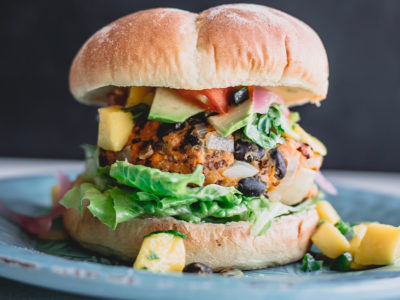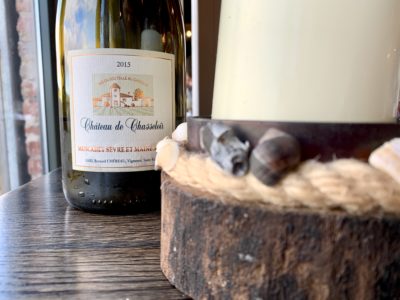Some of the most popular game-meats can be found in large supermarkets but if you’re looking for a wider selection then family Butchers and market stalls tend to have the best choice. However the supply of most game meats is dependent on the shooting season, here are a few of the major shooting seasons:
Grouse
12th August (Glorious Twelfth) to 10th December
Pheasant
1st October to 1st February
Partridge
1st September to 1st February
Duck and Goose
1st September to 31st January
Hare
1st August to 29th February
Some meats like Venison are shipped from other countries and can be available all year round.
Game-meat is a criminally overlooked alternative to the traditional four (Chicken, beef, pork and lamb) that we eat every day, but the national Game-to-eat month is working to change that.
Defined as the meat of any wild or semi-wild animal Game-meat is not only low in cholesterol and high in protein, making it healthier than domestic meats, but it’s also more environmentally friendly. As the administrator of Game-to-eat Maxwell Clarke told me, “Game is wild, natural and free-range.”
Game-to-eat month is a national event organised by the Countryside Alliance with the purpose of increasing the popularity of game-meat. They’ve done this by working with family butchers in order to try and increase awareness of game in season and to lower the price of the meat.
Some of the most popular game-meats can be found in large supermarkets but if you’re looking for a wider selection then family Butchers and market stalls tend to have the best choice. However the supply of most game meats is dependent on the shooting season, here are a few of the major shooting seasons:
Grouse
12th August (Glorious Twelfth) to 10th December
Pheasant
1st October to 1st February
Partridge
1st September to 1st February
Duck and Goose
1st September to 31st January
Hare
1st August to 29th February
Some meats like Venison are shipped from other countries and can be available all year round.





